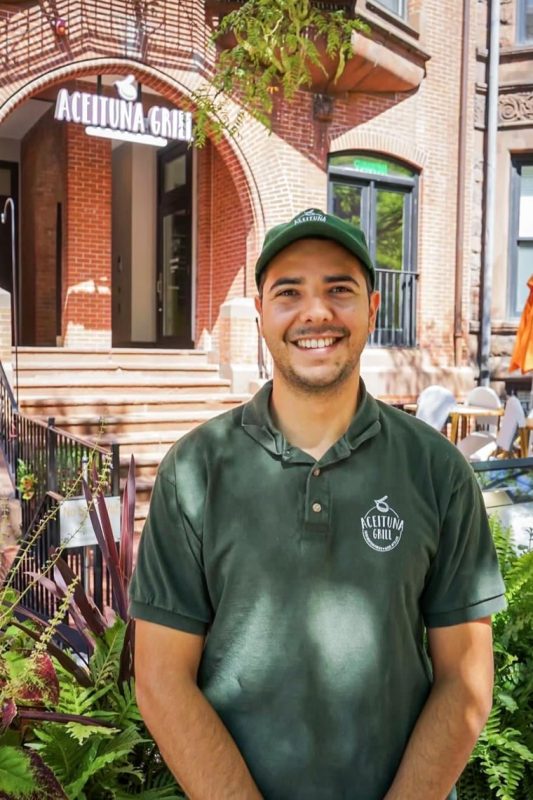The Decline of the Lunch Rush: A Change in American Work Culture
In recent years, the traditional lunch rush at restaurants and cafes across America has seen a noticeable decline. This shift in dining patterns is reflective of a broader change in American work culture and lifestyle preferences. The rise of remote work, flexible schedules, and a growing emphasis on work-life balance are reshaping the way people approach their midday meals.
One contributing factor to the decline of the lunch rush is the increasing number of Americans working remotely. The shift to remote work, accelerated by the COVID-19 pandemic, has allowed people to have more control over their schedules and environment. As a result, the rigid 9-to-5 workday is becoming less common, making the traditional lunch break less of a structured routine.
Moreover, the concept of work-life balance has gained prominence in recent years, with many employees seeking ways to integrate work responsibilities with personal well-being. For some, this means taking longer lunch breaks to exercise, run errands, or simply relax and recharge during the day. As a result, the idea of rushing to grab a quick meal during a short lunch break is losing its appeal.
Another factor impacting the decline of the lunch rush is the increasing popularity of intermittent fasting and other diet trends. Many Americans are now opting for longer fasting periods during the day, which could mean skipping traditional lunch hours altogether. This trend is reflective of a growing awareness of health and wellness practices, with individuals choosing to prioritize their physical health over traditional dining norms.
The rise of food delivery services and meal prep options also plays a role in the changing lunchtime landscape. With a plethora of convenient and affordable food delivery options available, many Americans are opting to have meals brought directly to their doorstep rather than dining out during the lunch hour. This shift towards convenience and time-saving solutions further reduces foot traffic during the traditional lunch rush.
In conclusion, the decline of the lunch rush in America is a multi-faceted phenomenon that reflects broader shifts in work culture, lifestyle preferences, and dining habits. As remote work, flexible schedules, and a focus on work-life balance continue to shape the way people approach their workdays, the traditional lunch break is evolving to accommodate these changing needs. While the lunch rush may be dwindling, it signals a larger shift towards a more personalized and balanced approach to work and life in contemporary American society.
